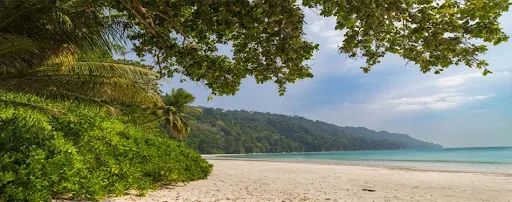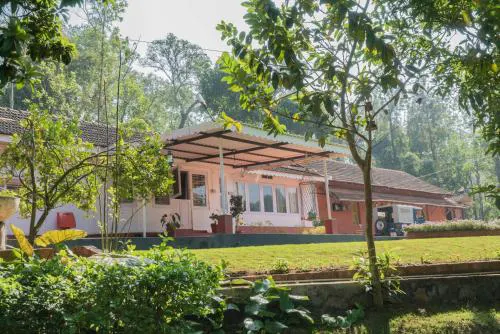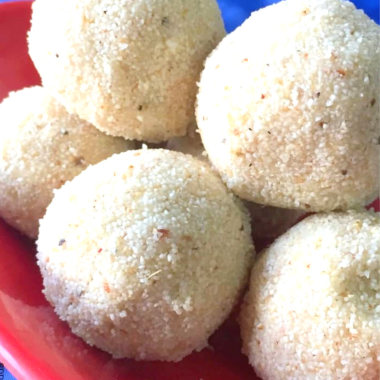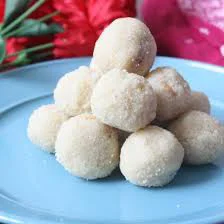Nestled in the Bay of Bengal, the Andaman and Nicobar Islands form an archipelago that boasts some of the most captivating landscapes and pristine beaches in India. From crystal-clear waters teeming with marine life to lush greenery and rich biodiversity, these islands offer an unparalleled experience for travelers seeking adventure, relaxation, and natural beauty. Here's a guide to some of the must-visit destinations in this tropical paradise:
1. Radhanagar Beach (Havelock Island): Renowned as one of Asia's best beaches, Radhanagar Beach captivates visitors with its powdery white sands, turquoise waters, and breathtaking sunsets. Whether you're lounging on the shore, taking a leisurely stroll, or indulging in water sports like snorkeling and scuba diving, this beach promises a rejuvenating experience.
2. Cellular Jail (Port Blair): Delve into the rich history of India's struggle for independence at the Cellular Jail, also known as Kala Pani. Built by the British to exile political prisoners, this historic monument now serves as a national memorial, offering insights into the sacrifices made by freedom fighters. Don't miss the sound and light show that brings the jail's haunting past to life.
3. Neil Island: Escape the hustle and bustle of city life and unwind on the serene shores of Neil Island. With its tranquil beaches, lush paddy fields, and laid-back vibe, this island is perfect for leisurely walks, cycling expeditions, and snorkeling adventures at sites like Laxmanpur Beach and Bharatpur Beach.
4. Ross Island:Step back in time as you explore the ruins of Ross Island, once the administrative headquarters of the British in the Andaman Islands. Overgrown with vegetation, the island exudes an eerie charm, with remnants of colonial buildings, a picturesque lighthouse, and resident deer adding to its allure.
5. Baratang Island: Immerse yourself in the natural wonders of Baratang Island, home to lush mangrove forests, limestone caves, and indigenous tribes. Embark on a mesmerizing boat ride through the mangroves to reach the surreal limestone caves of Baratang, where stalactites and stalagmites create otherworldly formations.
6. Elephant Beach (Havelock Island):For an adrenaline-pumping experience, head to Elephant Beach, where you can engage in thrilling water activities such as jet skiing, banana boating, and glass-bottom boat rides. Snorkelers and divers will be enchanted by the vibrant coral reefs and diverse marine life that thrive in these waters.
7. North Bay Island: Dive into the underwater paradise of North Bay Island, a haven for snorkeling and diving enthusiasts. Explore the colorful coral gardens, encounter exotic fish species, and marvel at the underwater sculptures at this marine sanctuary, also known as the 'Coral Island.'
8. Chidiya Tapu: Known as the 'Sunset Point' of the Andaman Islands, Chidiya Tapu offers breathtaking views of the sun sinking into the horizon amidst a backdrop of lush greenery and tranquil waters. Birdwatchers will delight in spotting a variety of avian species, while nature lovers can explore the adjacent Munda Pahar Beach and indulge in activities like trekking and kayaking.
Whether you're seeking adventure, history, or simply a tranquil escape amidst nature's wonders, the Andaman and Nicobar Islands promise an unforgettable journey filled with awe-inspiring landscapes and unforgettable experiences. Explore these enchanting destinations to discover the true essence of tropical paradise.








































